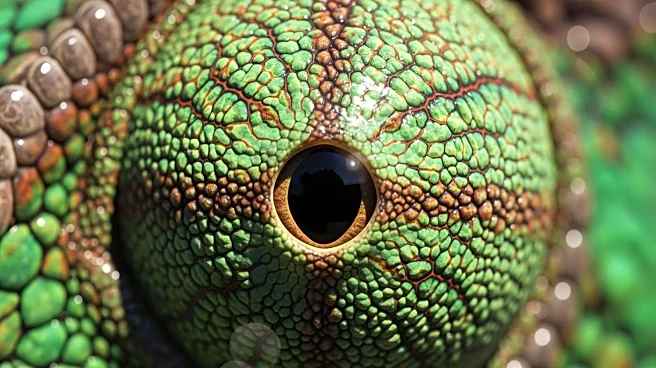What's Happening?
Researchers have reconstructed the first complete internal view of a Neanderthal nasal cavity using endoscopic tools on a skeleton found in a limestone cave in southern Italy. The Altamura individual,
dated to 130,000 to 172,000 years ago, revealed that Neanderthals did not possess the specialized nasal structures previously thought to aid in cold climate adaptation. Contrary to long-standing theories, the internal nasal anatomy closely resembles that of modern humans, suggesting that Neanderthal facial evolution was influenced by a combination of evolutionary pressures rather than direct adaptation to cold environments.
Why It's Important?
The findings challenge previous assumptions about Neanderthal anatomy and their adaptation to Ice Age climates. By reshaping the understanding of Neanderthal facial evolution, the study provides new insights into human evolutionary biology and the factors influencing anatomical development. The discovery also highlights the importance of fossil preservation in testing scientific hypotheses and advancing knowledge about ancient human species. As researchers continue to explore Neanderthal biology, the study may lead to a reevaluation of how these ancient humans interacted with their environment and adapted to changing climates.
Beyond the Headlines
The study opens new avenues for understanding Neanderthal biology, including how they processed air and conserved heat. The detailed 3D digital model created from the endoscopic imaging allows scientists to test the energetic demands of Neanderthal life during the Late Pleistocene. The extraordinary preservation of the Altamura specimen continues to transform the study of Neanderthal anatomy, offering a unique opportunity to explore the evolutionary history of human species. The findings also prompt discussions on the complexity of evolutionary processes and the role of environmental factors in shaping anatomical traits.











